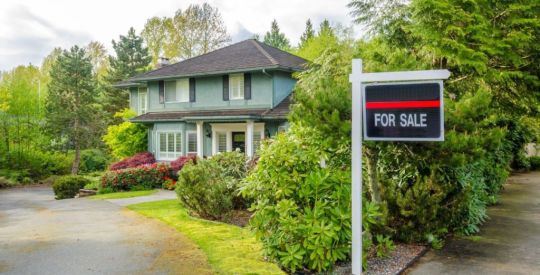After initially announcing the development of a new Home Equity Conversion Mortgage (HECM)-backed Securities (HMBS) program in January, government-owned company Ginnie Mae — which oversees the government’s mortgage-backed securities (MBS) portfolio — released a highly anticipated term sheet this week for what is being referred to as “HMBS 2.0.”
To get a better understanding of the newly proposed program and what it hopes to accomplish, HousingWire’s Reverse Mortgage Daily (RMD) sat down with a Ginnie Mae official to get the organization’s perspective on what it hopes to achieve through the new program, what it hopes stakeholders can contribute during a comment period and the state of industry liquidity.
Liquidity and hopes for HMBS 2.0
While the liquidity picture has improved “a lot” over the past couple of years, liquidity pressure is still a reality of the HMBS market, and that’s what HMBS 2.0 is aiming to address, the official explained.
Ginnie Mae has learned that the reverse mortgage sector is highly sensitive to rate changes, and the development of a program like HMBS 2.0 could be a meaningful development in future high-rate environments, the official suggested.
The program as currently laid out is designed for long-term liquidity benefits, but the mandatory buyouts from HMBS pools projected over the next 12 months are not small, according to the official. Issuers are continuing to rely on private-label securitization (PLS), and PLS execution is still relatively fragile.
That’s why the potential for HMBS 2.0 could provide “more confidence for the financing of those older vintage mortgages once we implement the program,” the official explained. Handling it now as opposed to leaving the problem to other, future Ginnie Mae leaders also could alleviate structural challenges.
Reverse mortgage industry collaboration
A key partner in the development of HMBS policy is the reverse mortgage industry itself. Ginnie Mae recognizes the subject-matter expertise and collaborative value of engaging with the business and associations like the National Reverse Mortgage Lenders Association (NRMLA), the official said.
The reverse mortgage industry, they added, has generally been “quite indispensable” in assisting Ginnie Mae think through HMBS issues that have emerged over the past couple of years. Individual reverse issuers and NRMLA have also helped to provide important context and spot issues in the space.
NRMLA introduced a proposal similar to HMBS 2.0 in the past, so the grasp of the association’s issuer members remains a valuable assistive resource for Ginnie Mae. But at the end of the day, the company is most interested in gaining as much substantive feedback as possible, and it encourages any stakeholders that submit comments during the period to focus on the entirety of the new term sheet.
Among some of the issues that Ginnie Mae is looking for feedback on, the company wants to ensure that HMBS 2.0 as proposed is not overly complex for issuers themselves and that the proposal is operable for them. The company also wants feedback from market makers, a constituency it doesn’t engage with as often.
The company also wants to ensure that HMBS 2.0 can accommodate as much HECM collateral as possible, but it is seeking comprehensive feedback about the entire document over the next 30 days.
“The different elements of the term sheets interact with each other, so we are seeking comments on all of it,” the official said.
Utility of HMBS 2.0
Ultimately, Ginnie Mae is seeking to provide more utility to the HMBS market. Should the program be implemented, it sees HMBS 2.0 as a vehicle to provide “superior pricing and monetization of HECM asset balances relative to private funding markets,” the official explained.
Having more funding options available through the Ginnie Mae guarantee will be attractive, the company believes.
“We want more investment participation in general,” the official said. “We believe that having the Ginnie Mae label puts those things on the table, which is really important.”
That makes active participation by stakeholders during the comment period more important, as it will help Ginnie finish designing the program and work toward implementation.



